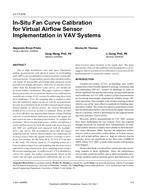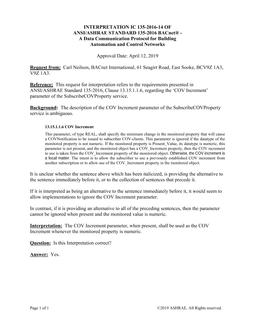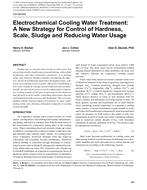The most popular dense array system for weather data acquisition in Japan is known as AMeDAS, which is the abbre-viation for Automated Meteorological Data Acquisition System. However, the data from AMeDAS are not available for building energy calculation because of a lack of climatic elements and missing data, etc. Therefore, new weather data, expanded from the original AMeDAS data, have been devel-oped for building energy calculations. The new weather data have been designated as Expanded AMeDAS weather data (EA weather data). EA weather data, including 842 stations throughout Japan, are available as hourly based weather data sets. EA weather data are composed of the following eight climatic elements: (1) atmospheric temperature, (2) humidity ratio, (3) horizon-tal global irradiation, (4) atmospheric irradiation, (5) wind direction, (6) wind speed, (7) precipitation, and (8) sunshine duration. There are two types of EA weather data: one is 15- year EA weather data (from 1981 to 1995); the other is Stan-dard EA weather data. Standard EA weather data are similar to Test Reference Year (TRY) and Design Reference Year (DRY) data in European countries and Typical Meteorologi-cal Year (TMY) data in the U.S. They were selected from the 15-year EA weather data. Both types of EA weather data are available on five CD-ROMs. A program is also available that enables the user to calculate beam, diffuse, and tilted surface irradiation from horizontal global irradiation and under-ground temperature at a designated depth as well as to search for a target station and year from the five CD-ROMs. This paper outlines the EA weather data, including its compi-lation from the source data, treatment for missing data, data estimation and supplementation of non-observed climatic elements, and the selection method of Standard EA weather data.
Units: SI
Citation: Symposium, ASHRAE Transactions, vol. 106, pt. 2
Product Details
- Published:
- 2000
- Number of Pages:
- 11
- File Size:
- 1 file , 950 KB
- Product Code(s):
- D-7245


